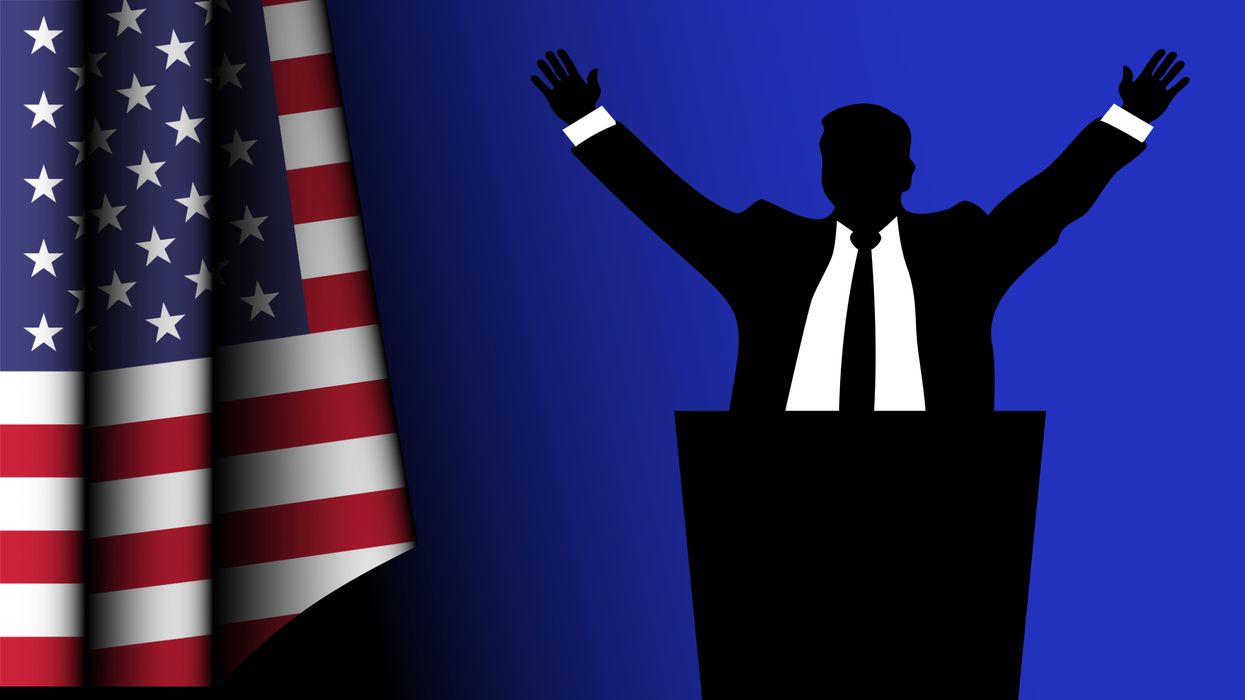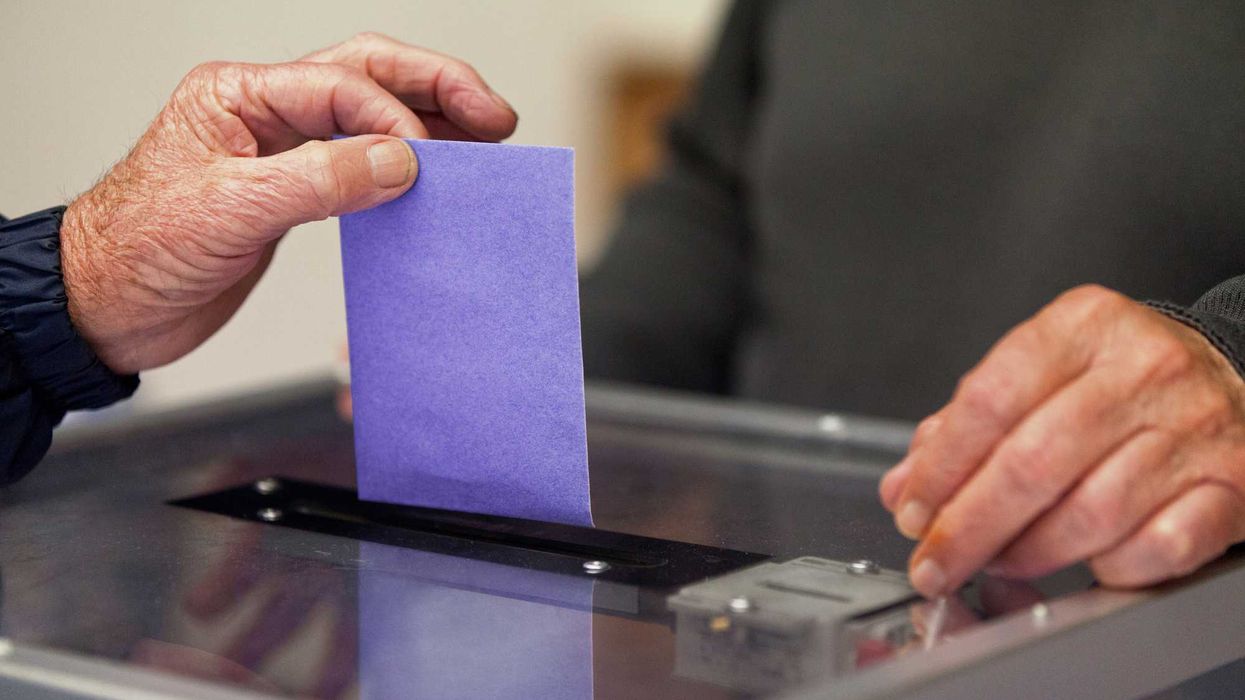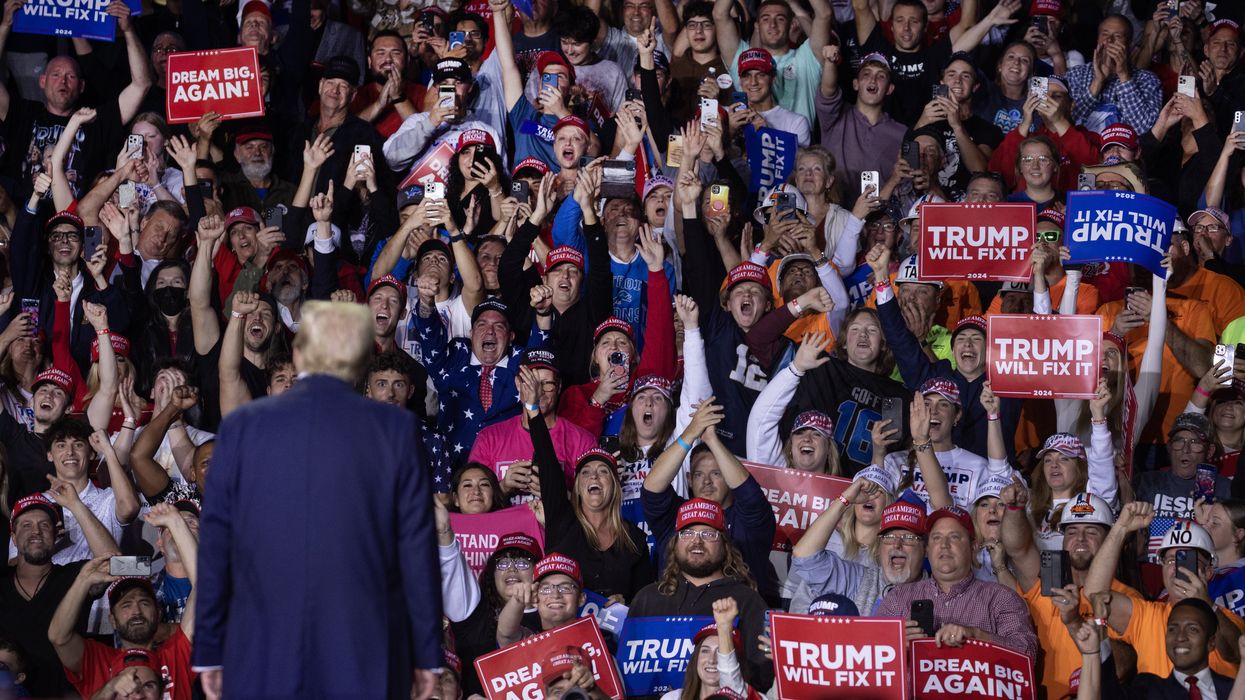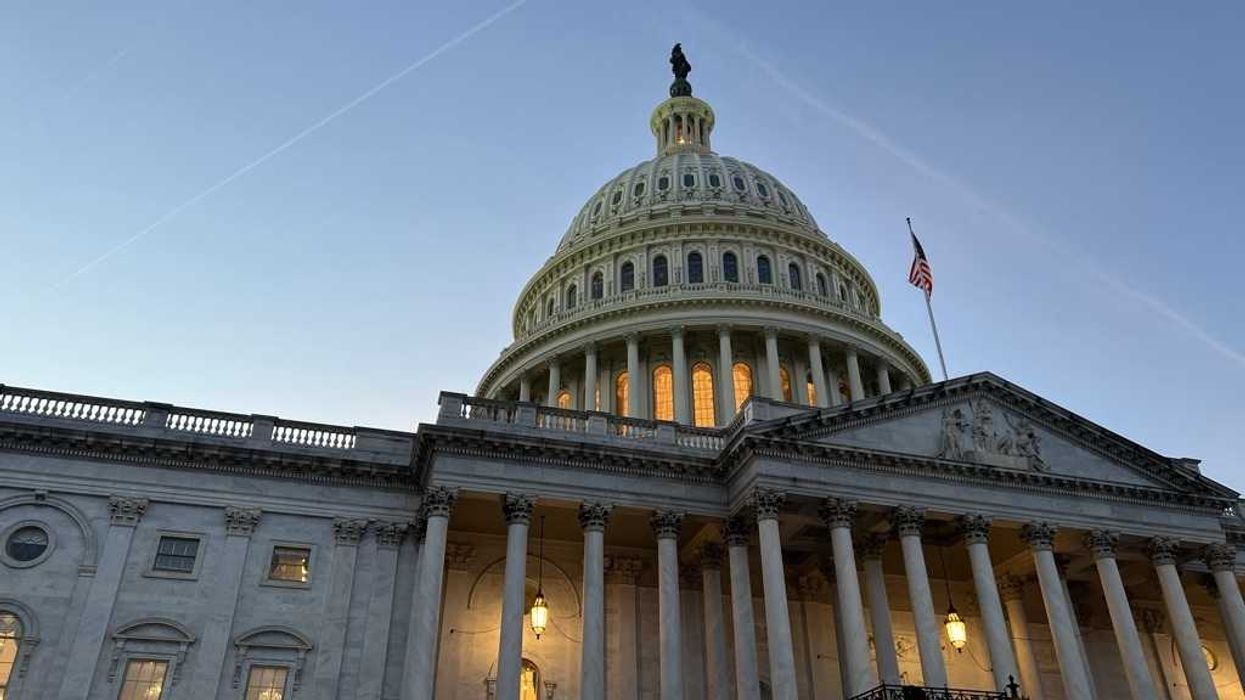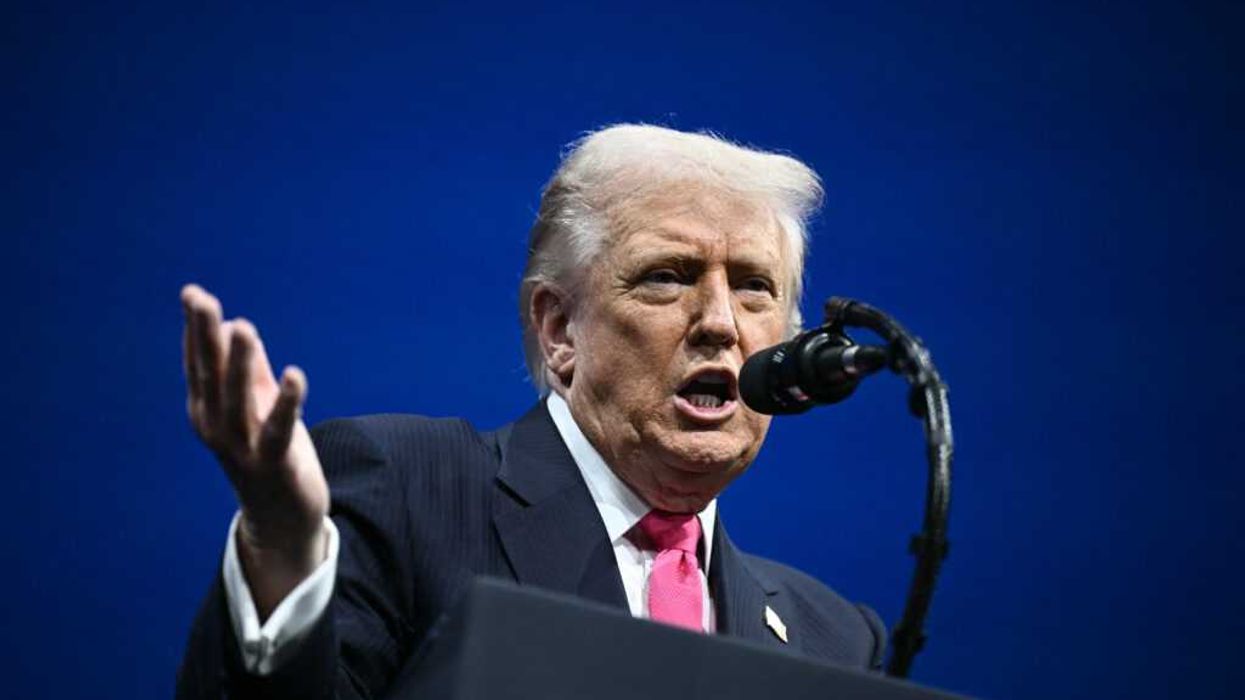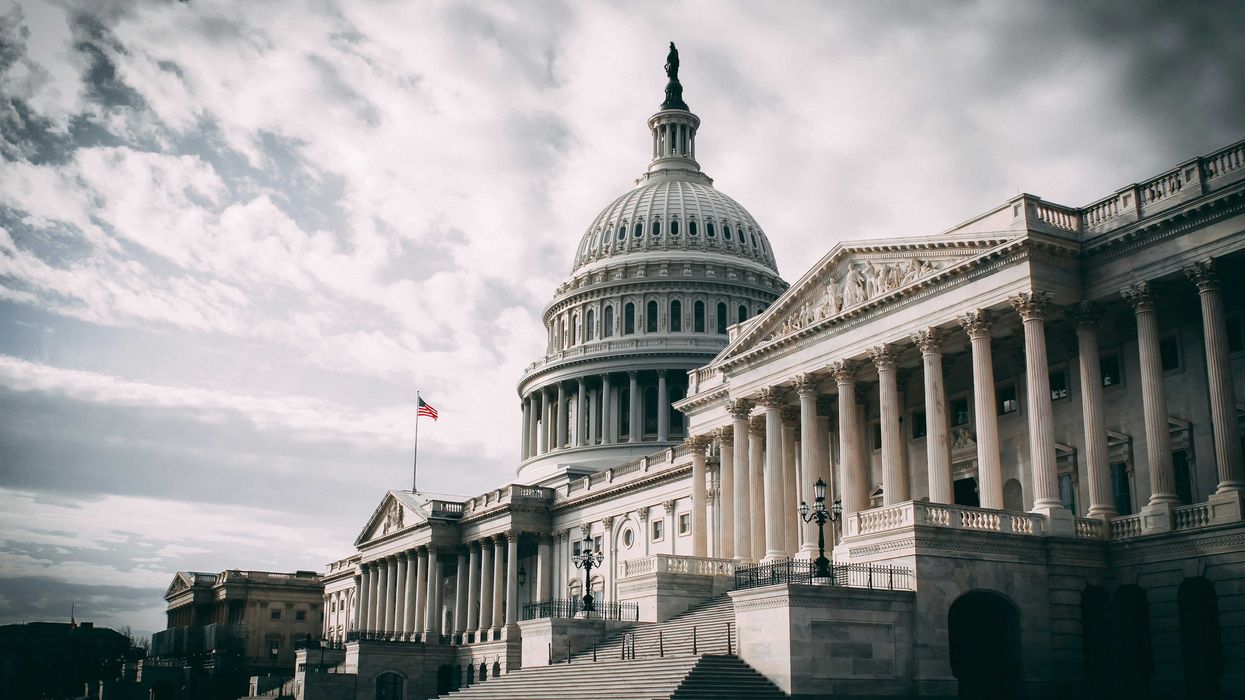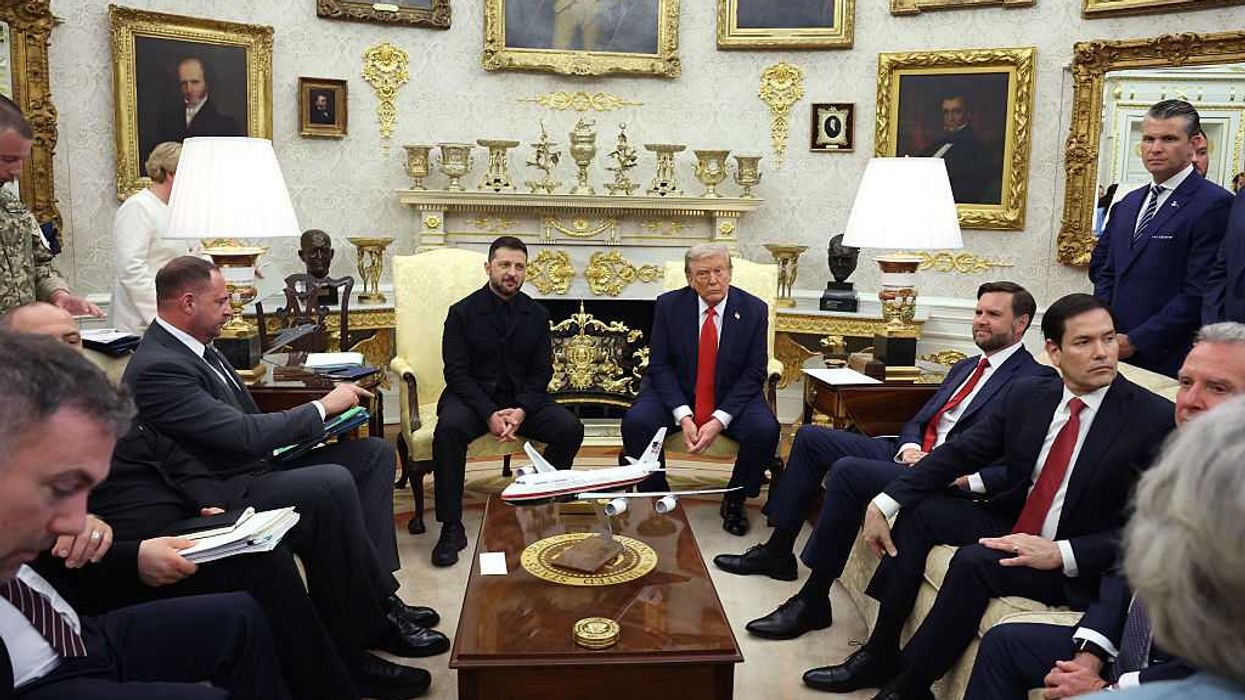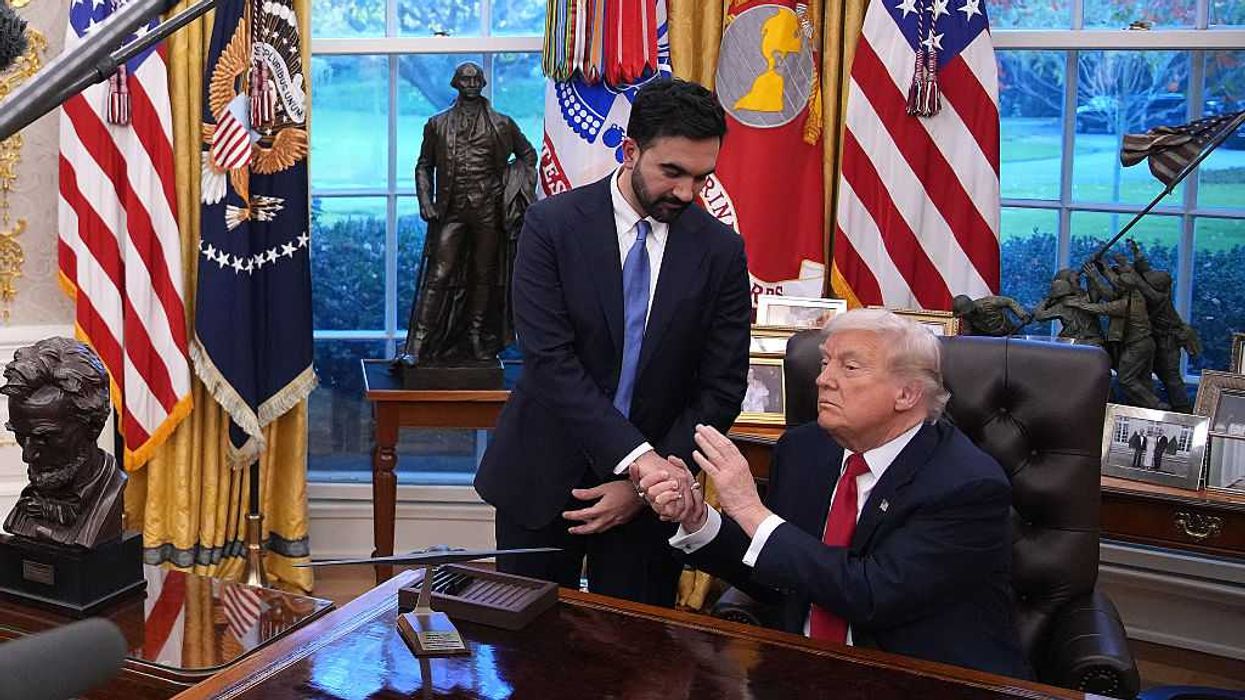Chaleff is a speaker, innovative thinker and the author of “ To Stop a Tyrant: The Power of Political Followers to Make or Brake a Toxic Leader.” This is the third entry in a series on political followership.
Saying that someone is a politician is not typically a compliment these days. Often, it is quite the opposite.
What a shame. Who do we want legislating and governing? Individuals with little skill for communicating? Who cannot compromise when they need to pass a policy solution to a real-world problem? Who doesn't understand the legislative process or the strategies for building a winning coalition?
Compare this to other areas of life. Why do we want certified electricians to do the wiring in our homes? Licensed heart surgeons to replace leaky valves? Those fluent in two languages to translate for world leaders in sensitive negotiations?
It’s because there is real skill required in these roles, and real consequences for the job being done wrong. Believe it or not, political leaders also need real skills. The stakes are also high. In a divided government, where the majority of one or both chambers of Congress represents a different party than the president, nothing can get accomplished without skillful politicians.
Of course, to be a politician in a democratic society, one needs to get elected and stay elected. This takes us back to leaders and their followers, which was the subject of my two previous writings. What kinds of followers are needed to elevate politicians who have the intention and skills to make positive things happen?
Let’s start our examination with what I previously described as the outer ring of political followers — the populace. What can they (we) do to identify and lift up politicians with the skills needed in the current political climate? For those of us who have not put our energy into political activism, the choices of who is on the ballot have already been made. So, what’s our role as responsible citizens in relation to these choices?
First of all, we need to stop being lazy. That’s a harsh thing to say, isn’t it? But here’s why I say it.
Too many of us overly rely on our self-identification — “I’m a Republican,” “I’m a Democrat,” “I’m a (fill in the blank).” That’s a shorthand way of making our political decision without needing to do much work. But if the activists have been successful in giving us highly polarized choices, casting our vote without further scrutiny may well elect an inept politician who will do more to gum up the governing process than to achieve results.
The second way of being “lazy” is to continually listen to the same news source. A big problem with that practice is that these days there are very few actual news sources. Far more often, we are listening to commentary from one end of the political spectrum or the other. Listening to a biased new source can make us feel righteously angry at the “other side” and superior about our “own side,” but falls short of helping us understand the issues as they impact people across the political range.
The solution? It’s what your mother told you about the food you need for your health: a balanced diet. The same applies to staying politically healthy: consume a balanced political information diet. Watch or listen to or stream or read political news from at least two, preferably three or four, sources coming from different points of view. Then (here’s the hard part) work out your own POV.
Sure, you’ll use your political beliefs as an important part of your decision making, but as you read or listen, you’ll also factor in such things as: Who carries a positive vision of the future that inspires engagement? Who is bringing relevant skills to the task of governing? Which candidate is committed to their values and is also a realist who knows the perfect is the enemy of the good? Who is committed to upholding and improving democratic processes to give us all a voice?
The third thing we can do is to use that voice. Use it in all the ways that sustaining our democracy requires. Mom was also a good guide for doing that: “Don’t shout. Use your language.”
Use your language in appropriate and courageous ways. Speak up when you hold a different perspective. Speak up if you see others being shut down. Shut up if the political leader is relying on hateful speech to rouse his followers — don’t cheer or collude with this. Even if everyone around you is shouting approval, hold your principled position. When the noise dies down, invite conversations where anyone who wants to tell their story can do so.
Early readers of “ To Stop a Tyrant ” reported one common response. They no longer felt powerless when up against forces larger than themselves. No force is larger than the individual who understands that it is always individuals who are the building block of movements for change, or movements of resistance.
Do not underestimate what the Czech playwright and politician Vaclav Havel called “the power of the powerless.” In recent months we have seen British voters throw out the Conservatives who had been the ruling party for 13 years. Students in Bangladesh forced the removal of their increasingly tyrannical prime minister. Arguably, President Joe Biden’s low poll ratings among potential voters (the populace) created the conditions in which party insiders convinced him to end his candidacy for a second term.
You have more power than you think if it is used in the window when action makes a difference — before a prototyrant has amassed the power of the full fledged tyrant.
If you are still not convinced, dive deeper into the book during the remaining days in this election cycle, or join me in the next installation when I discuss the activist circle of followers. Will that be you in that circle?





